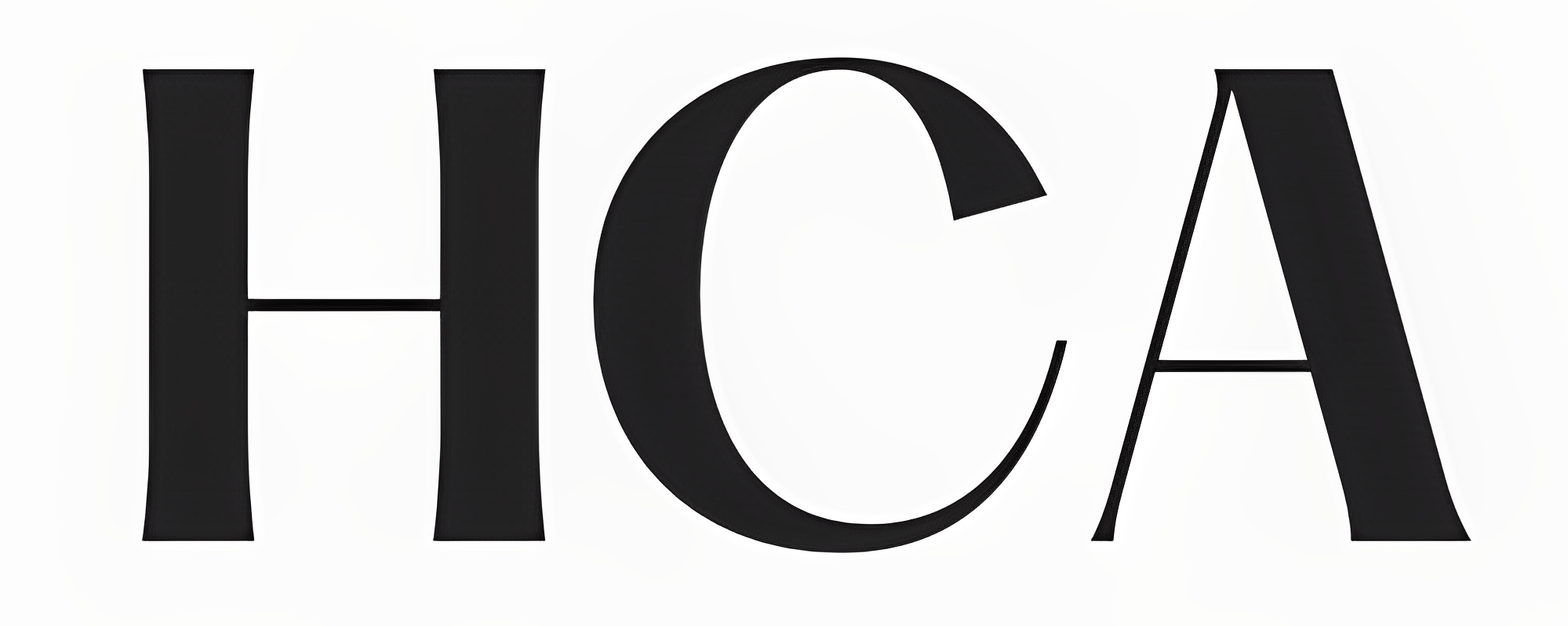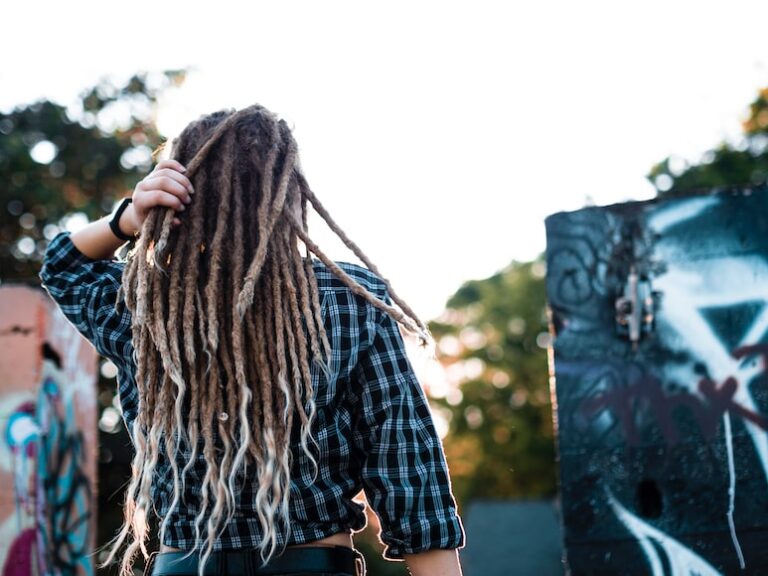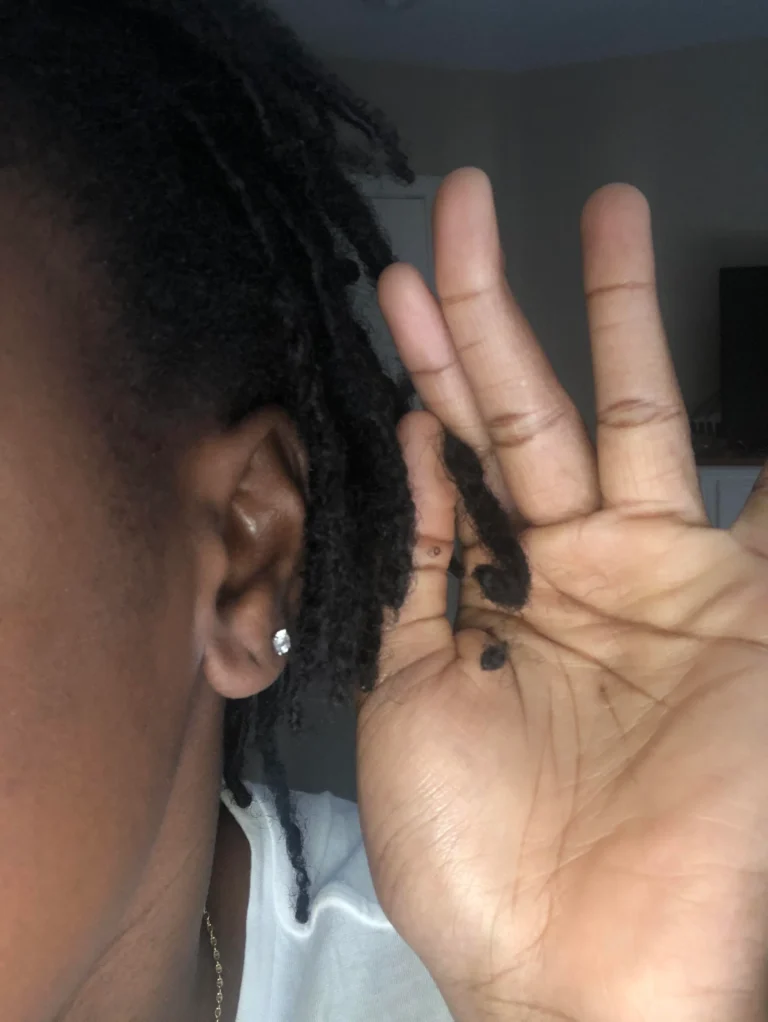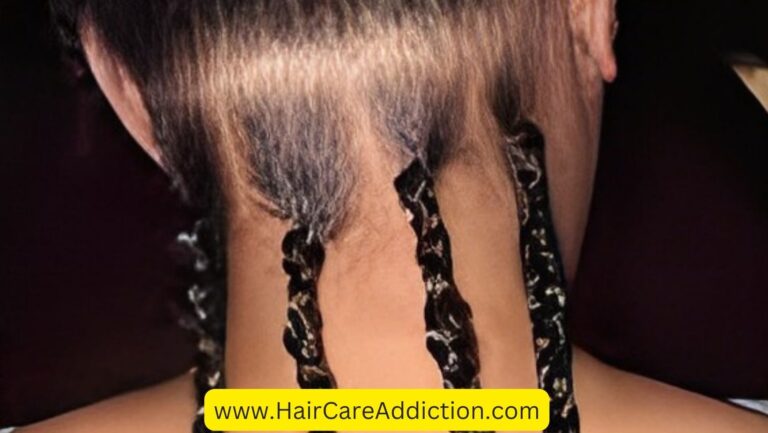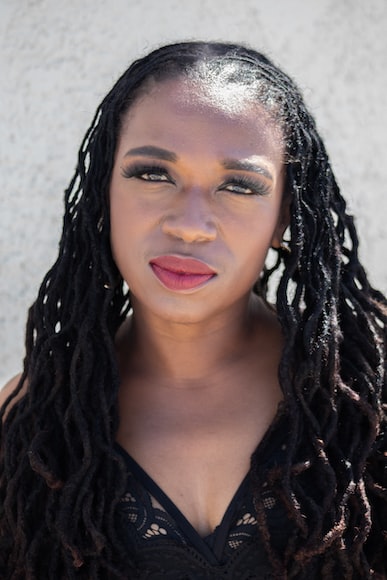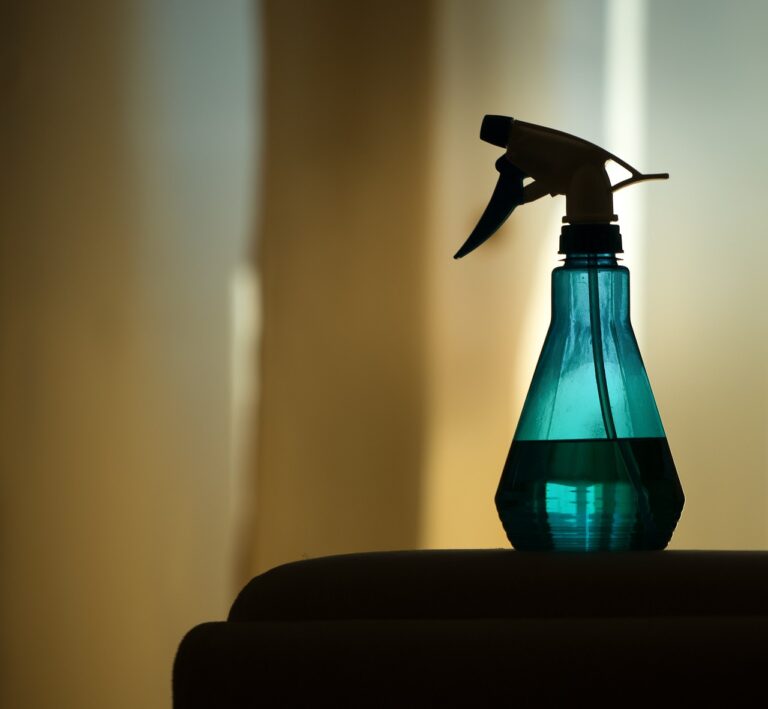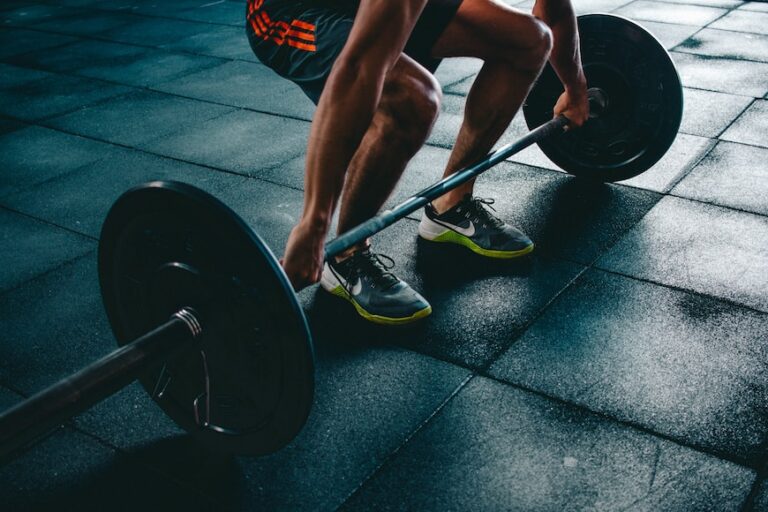How to Relieve the Tightness of a Sew-In?
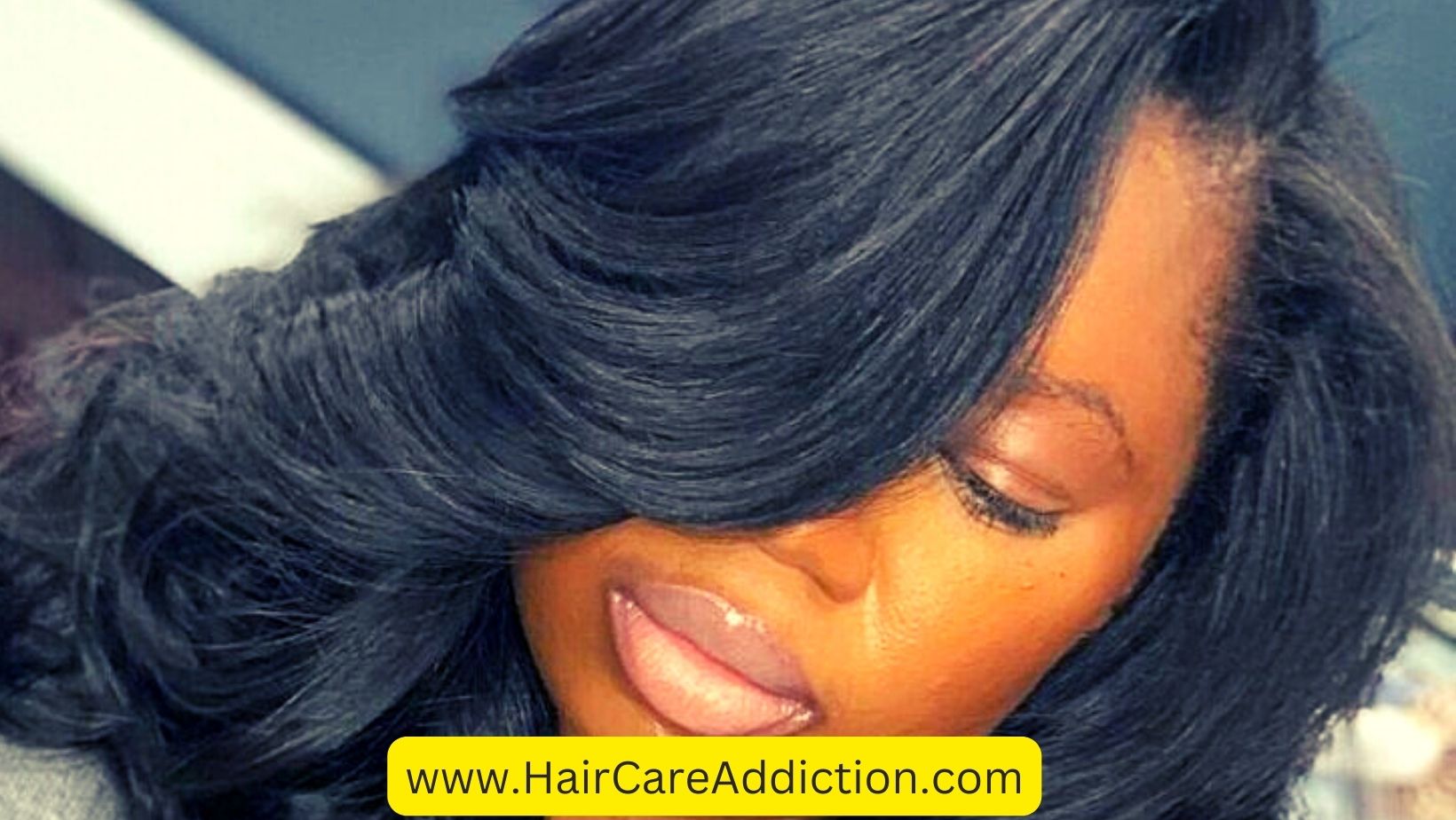
Experiencing discomfort from a tightly done sew-in hairstyle is not uncommon.
A sew-in involves braiding your natural hair and attaching wefts of hair through sewing. While it can provide added length, volume, and styling options, excessive tightness can lead to scalp soreness, hair damage, and even hair loss.
In this article, we will guide you on how to identify the signs of an overly tight sew-in, how to alleviate the discomfort, and how to safeguard your hair and scalp from potential harm.
Additionally, we’ll provide tips on selecting a skilled stylist and choosing high-quality hair extensions for your sew-in.
Signs of a Too-Tight Sew-In
If you’re experiencing these issues, it is likely that you’ve tight sew-in:
Headaches: You might experience throbbing or pulsing pain around your temples and forehead due to the tight braids tugging on your scalp and causing inflammation.
Scalp Sensitivity: Feelings of tenderness, sensitivity, or burning on your scalp, especially where the braids are attached, may result from restricted blood circulation and skin irritation.
Sleeping Difficulties: Pain and discomfort from the sew-in may make it challenging to fall asleep or stay asleep. Lying on your back or side may also be uncomfortable due to scalp pressure.
Skin Irritations: Small bumps or blisters on your scalp, particularly along the hairline or near your ears, may develop because tight braids generate friction and rub against your skin, potentially leading to infection or inflammation. Sometimes, you’ll also see white stuff at the end of braids.
Hair Issues: Increased hair loss or breakage, particularly around your hair’s edges or where the wefts are sewn onto the braids, could occur. This results from excessive stress on your hair follicles, weakening them over time.
Traction Alopecia: In severe cases, permanent hair loss or bald patches, especially along your hairline or where the wefts are attached, may develop. This is due to tight braids causing scarring and harm to your hair follicles, preventing them from growing new hair.
How to Relieve the Tightness of a Sew-In?
If you’re experiencing signs of a too-tight sew-in, take action promptly to ease the discomfort:
- Gentle Scalp Massage: Employ your fingertips to gently massage your scalp in small, circular motions. This can help relax the braids and enhance blood circulation to your scalp. Alternatively, you can use a scalp massager tool for convenience and effectiveness.
- Warm Oil Treatment: Warm olive, coconut, or castor oil and apply it to your scalp with a cotton ball or dropper. The warmth can relax scalp muscles and soften the braids. This treatment also nourishes your scalp and hair. Leave the oil on for at least 15 minutes before washing it out with shampoo.
- Pain Relief Medication: Over-the-counter pain relievers like ibuprofen or acetaminophen can temporarily reduce inflammation and scalp pain. However, prolonged use is discouraged due to potential side effects. Consult with a healthcare professional if you have medical conditions or allergies.
- Braid Adjustments: Consult your stylist to loosen excessively tight braids or those causing discomfort. They can adjust the tension of the thread or reposition wefts to enhance comfort.
- Early Removal: If none of the above measures alleviate your discomfort or if you experience severe pain, consider early removal of the sew-in. Sew-ins should not be kept in for more than eight weeks to prevent tangling and hygiene concerns. Have a professional remove it to avoid damaging your hair or scalp.
How long does it take for a sew in to loosen up?
How long a sew-in hairstyle stays in place can vary. It depends on things like how tight the braids are underneath, your hair type, and how you take care of it after getting the sew-in.
But remember, if your sew-in feels really tight and hurts, it might harm your hair and scalp. In that case, talk to your stylist as soon as you can.
Typically, a sew-in should last around 6-8 weeks, depending on how fast your hair grows and how well you care for it at home.
Some stylists say you might need a touch-up around week 3. To keep your sew-in looking nice and feeling comfortable, make sure to wash and condition it regularly. This can also help it loosen up a bit over time.
Tips on Preventing Damage and Hair Loss from Tight sew-in
To protect against damage and hair loss from a tight sew-in, consider the following precautions:
Stylist Selection: Conduct research when choosing a stylist for your sew-in. Read reviews, seek recommendations, and review their portfolio. Effective communication about your expectations and concerns is essential
Read Also: Is Hair Consultation Free?
Quality Hair Extensions: Invest in high-quality hair extensions made from 100% human hair for durability, natural appearance, and easy maintenance. Ensure they match your hair’s texture, color, and density, and avoid low-quality or synthetic extensions that may lead to tangling, shedding, and irritation.
Avoid Tight Edges and Styles: Request loose braiding around your hair’s edges and temples, as these areas are prone to damage and hair loss. Avoid styles that pull or strain the sew-in, such as tight ponytails, buns, or braids, and opt for gentler, loose styles like curls, waves, or half-updos.
Hair Moisturization and Conditioning: Regularly hydrate and nourish your hair and scalp with moisturizing and conditioning products. Use a leave-in conditioner or mist your scalp and hair with water. Employ deep conditioner or hair masks weekly to restore moisture and elasticity. Avoid products containing alcohol, sulfates, or parabens, which can dry out or irritate your scalp and hair.
Nighttime Hair Protection: Wrap your hair in a silk or satin scarf or wear a bonnet while sleeping to minimize friction and frizz. .Alternatively, sleep on a silk or satin pillowcase to reduce breakage and tangling. Avoid cotton or other materials that can absorb moisture or cause static in your hair. Avoid, using headwear made from polyester too.
Conclusion
In conclusion, while sew-in hairstyles can provide a fresh look and safeguard your natural hair, they can lead to discomfort and damage if done too tightly.
Recognizing the signs, addressing discomfort, and taking preventive measures are essential for an enjoyable and pain-free sew-in experience.
